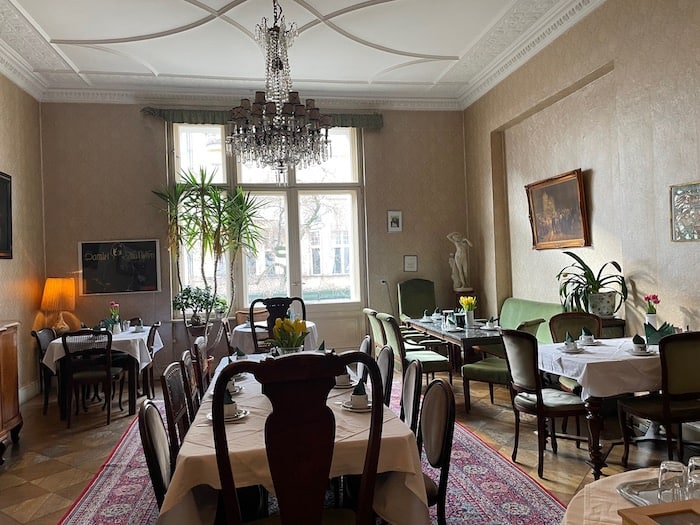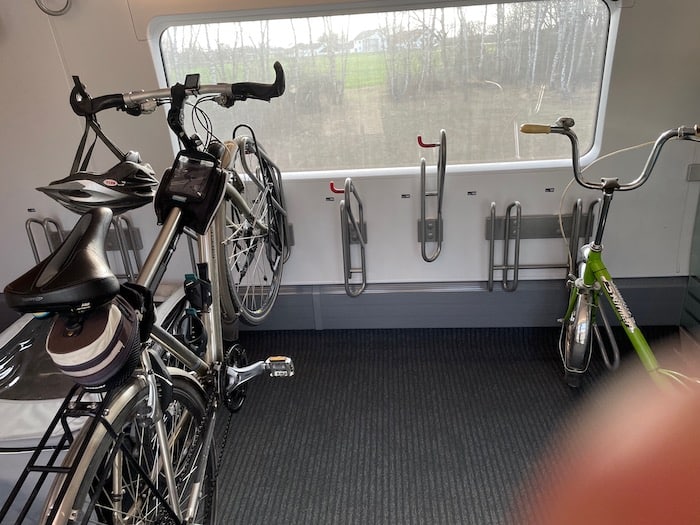Last Friday I met my new infectious disease specialist, Dr. A. He’s very knowledgeable and experienced, chief of ID at one of our city’s major hospitals. I’m relieved to have found him as my partner for managing all-too-frequent infections in my digital ulcers, since my former ID specialist, Dr. W, retired about six months ago.
Dr. W and I had an understanding for decades that I would keep a supply of antibiotics on hand, and whenever I felt the tell-tale pain and saw the swelling and redness of an infection, I would start the meds and let him know how I was doing. Finding another experienced specialist who would agree to the same arrangement was not guaranteed, and when Dr. W retired, there was no hand-off to a colleague. So, with some help from my PCP and a number of phone calls, I was able to get a consult with Dr. A. We clicked right away, and I’m very grateful to have him as my new partner in managing this disease.
Transitioning to new physicians has become a theme of the past few years. There’s no guarantee of finding the right match. So far, I’ve been lucky.
First, my long-time rheumatologist here at home retired. He was the one who saw me back in 1985 when my symptoms emerged and was my anchor for many years. He arranged upon his retirement for me to be seen by the rheumatology department chief for our health care provider. Then came my long-time rheumatologist at Boston Medical, a gem, who also arranged for a transition to his successor before he retired. While my relationships with my new rheumatologists are still a work in progress, they are both top notch and personable, which is an essential combination. And the major advantage of the switch has been a fresh review of my medical history and some necessary diagnostics.
Next to retire was our primary care physician, who had been my doc for all the years I’ve lived here, and was Al’s, too, since we’ve been married. This time, there was no transition plan in place. In fact it was downright chaotic for a few months, until we were able to get an NP through our provider’s excellent geriatric care department. She is wonderful, and best of all, the whole practice is based on house calls. Such a pleasure to see her, together, at home, several times a year.
Recently I also had to find a new ENT plastic surgeon, because the calcium deposits that lodge on the bridge of my nose have grown back to the point of needing removal. Last time I had this procedure was five years ago, but I’ve waited until the pandemic passed to take care of it. My prior specialist moved on from Boston Medical at some point during the pandemic, and so I met my new specialist a few weeks ago. He is also head of the department, so I’m good hands with him and his team, especially since the procedure looks to be a bit more complicated this time around. He almost tried to talk me out of it, given how the skin on my nose is not that flexible, but we reached a meeting of the minds and a solution involving a skin graft. So that’s next month.
This kind of turnover is inevitable when you’ve had a chronic disease as long as I have, for more than four decades. Many of my docs were close to my age or just a few years older when we originally met. We’re all getting older. Many of my new specialists are younger than I am, though not all.
But the pandemic has definitely made transitioning from one physician to the next more difficult. Many physicians have burned out from the stress and strain on our medical system. Others seek better pay and a more manageable work-life balance than they can find here in the Northeast, where I’m told that medical salaries lag behind other regions in the country. In the Boston area, GI specialists, in particular, are apparently in short supply.
Right now, I think I’ve rebuilt my team so all bases are covered. It will take more time to build the trusting relationships I had with their predecessors. Here’s hoping they don’t move on for at least the next five years.
Evelyn Herwitz blogs weekly about living fully with chronic disease, the inside of baseballs, turtles and frogs, J.S. Bach, the meaning of life and whatever else she happens to be thinking about at livingwithscleroderma.com. Please view Privacy Policy here.
Image: Gratisography












































